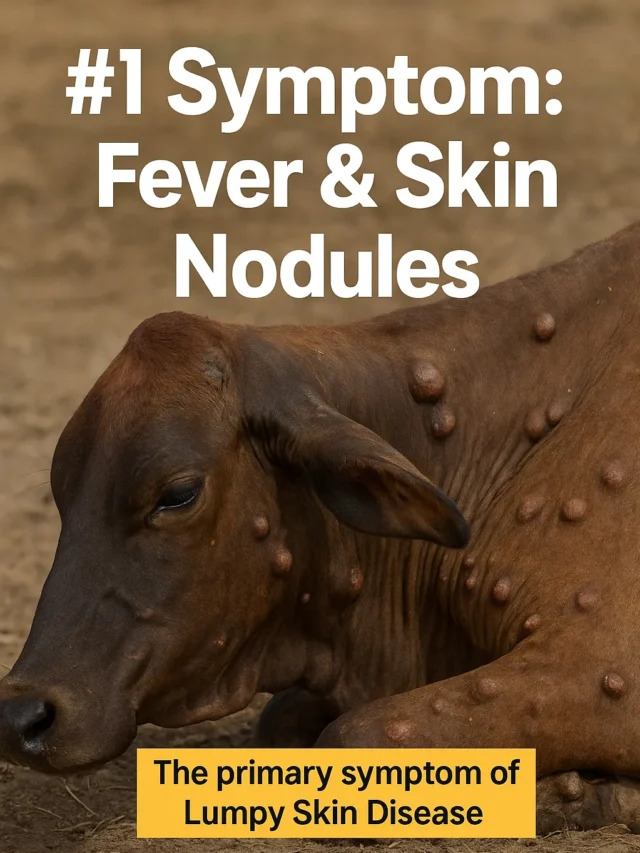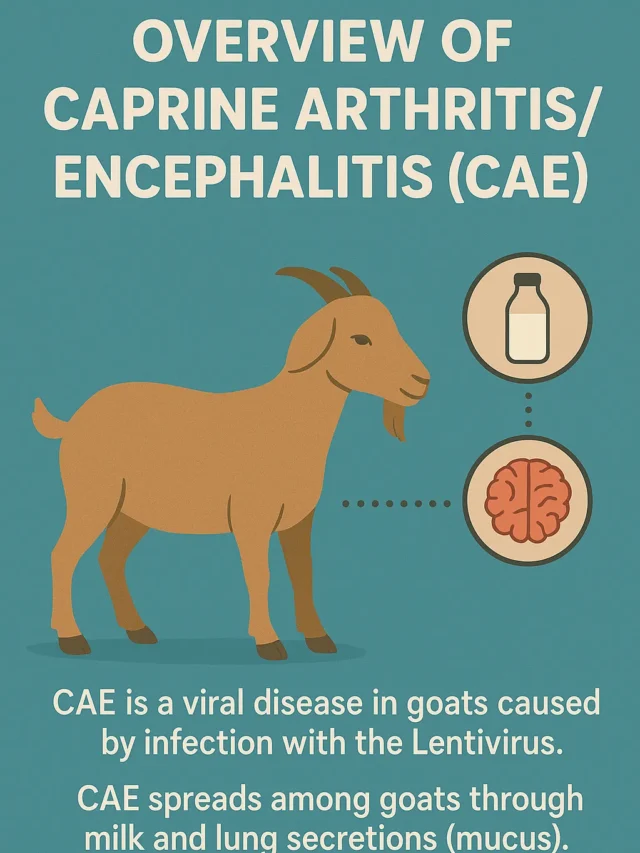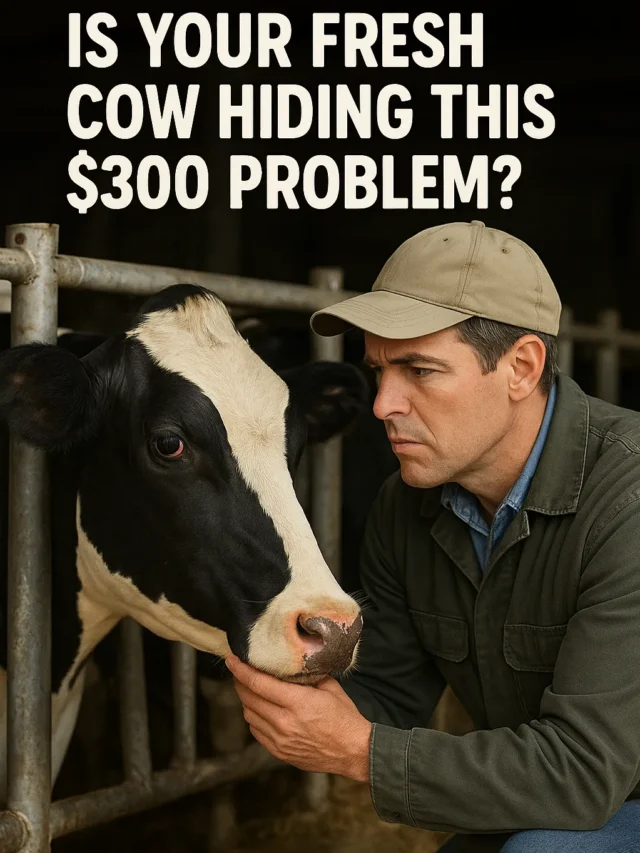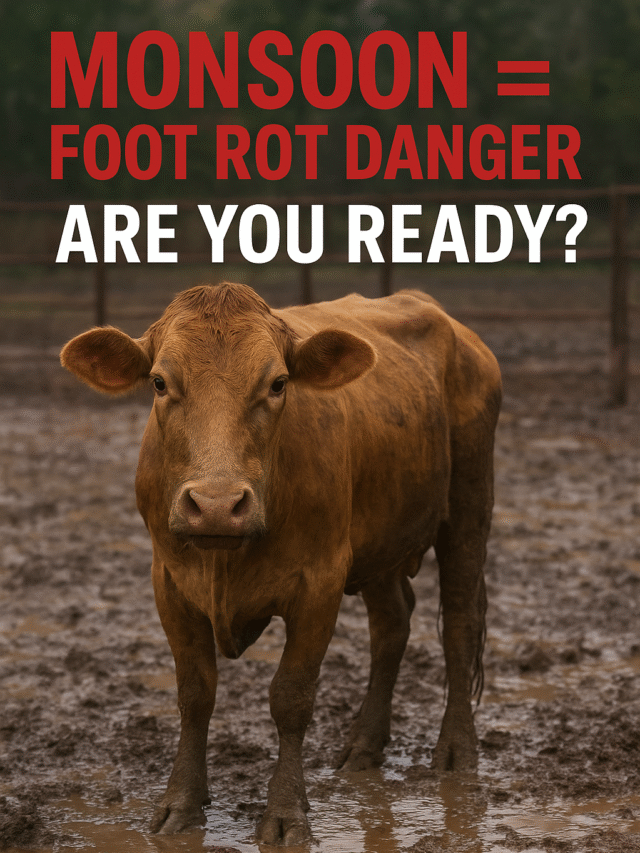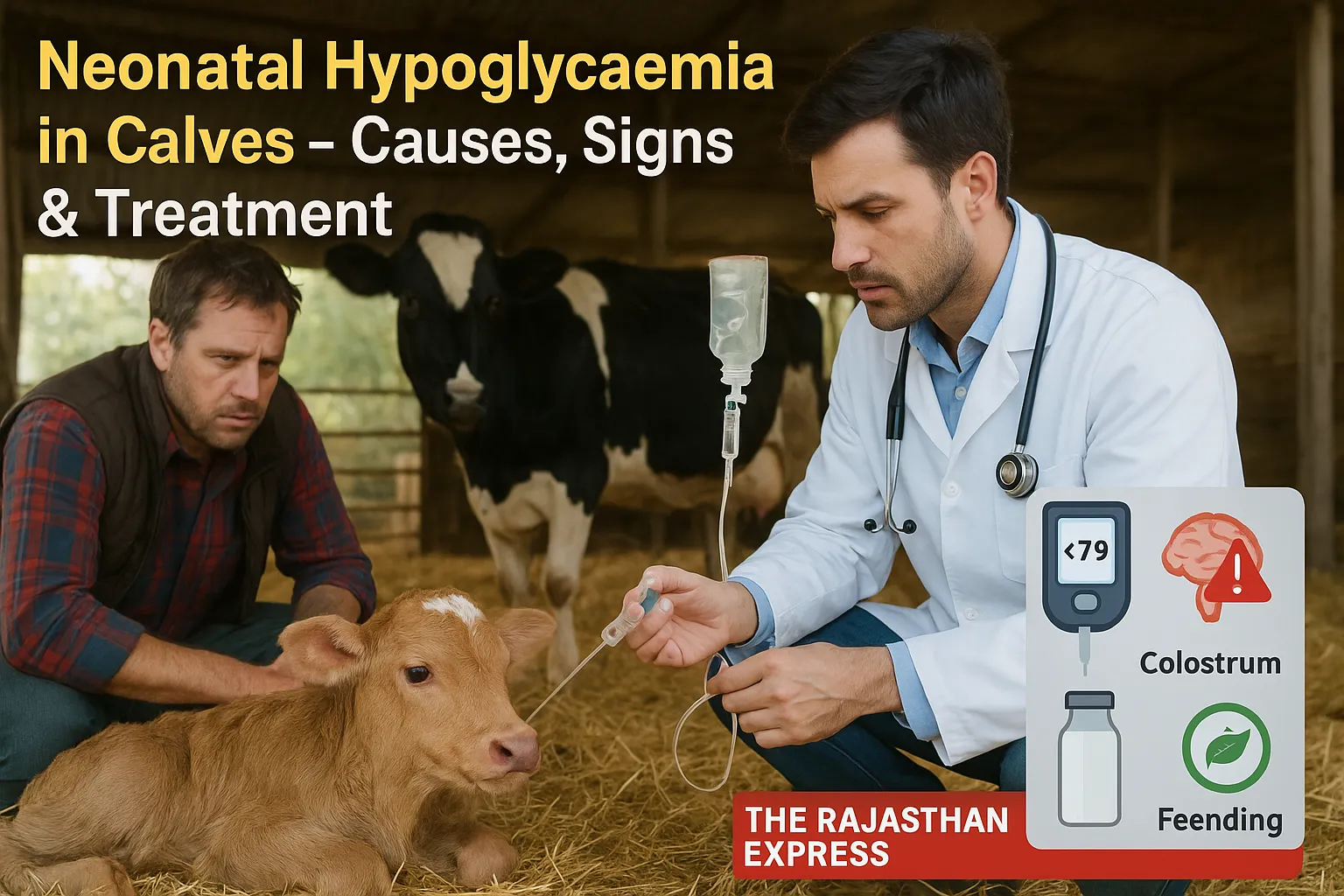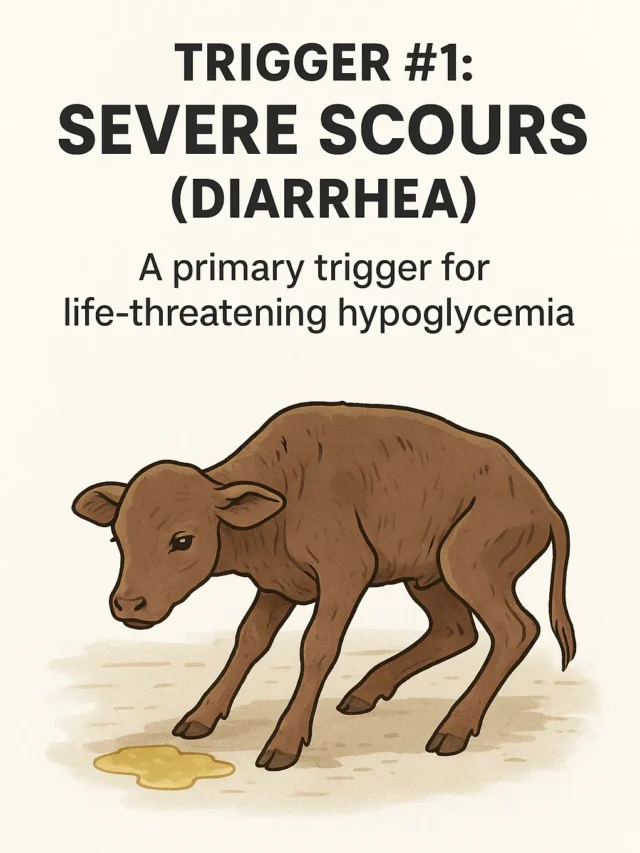Hypoglycaemia in Calves: Causes, Symptoms, and Treatment
Causes of Hypoglycemia in Calves
Neonatal hypoglycaemia is characterized by a lower blood glucose level than normal in newborn calves, which leads to hypoglycaemia and subsequently irreversible brain damage and death. Severe hypoglycaemia is defined when plasma glucose concentration goes <79 mg/dL or 2 mmol/L. Hypoglycaemia in newborn calves occurs due to acute severe diarrhoea, deprivation of milk, endotoxemia and asphyxia.
Hypoglycaemia in Calves
| Definition | Neonatal disorder marked by abnormally low blood glucose levels (<79 mg/dL or 2 mmol/L), leading to weakness, neurological signs, brain damage, and death if untreated. |
|---|---|
| Causes |
|
| Symptoms |
|
| Diagnosis |
|
| Treatment |
|
| Prevention & Control |
|
| Sources: The Rajasthan Express; ICAR-NDRI; Merck Veterinary Manual; FAO Calf Health Guidelines | |
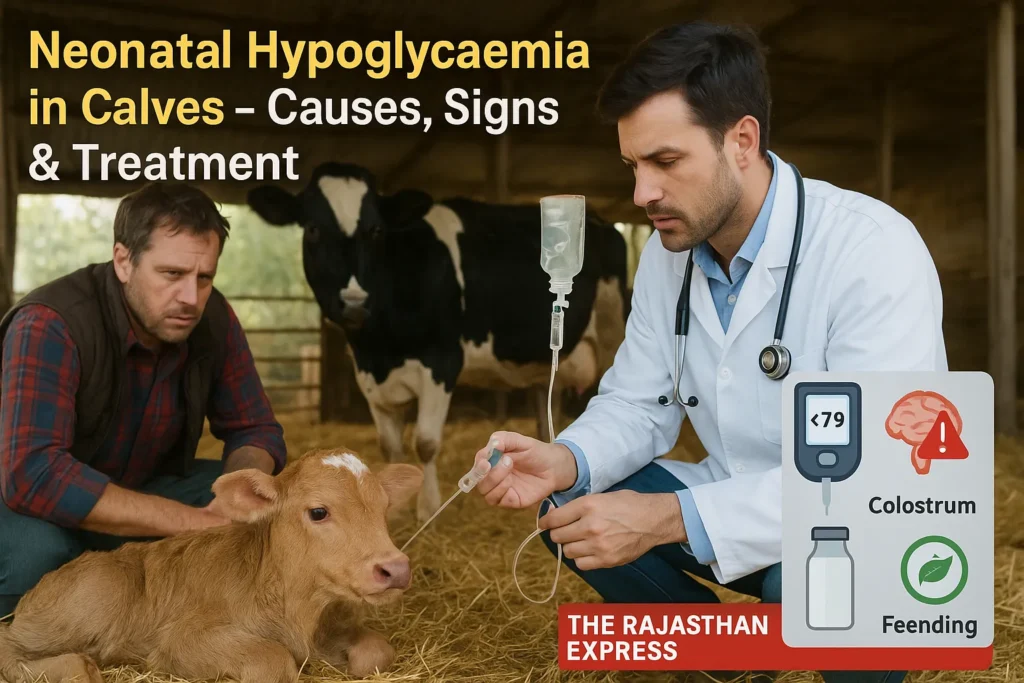
Predisposing Factors for Hypoglycemia in Cow
- Malnutrition of dam.
Neonatal Hypoglycemia in Calves Symptoms
- Loss of suckling reflex, weakness, incoordination, lethargy, severe depression, recumbency, hypothermia, miosis, seizures, opisthotonus, dyspnea, coma and death.
Metabolic Disease in Animals: Definition, Types, and Key Characteristics
Definition:
Metabolic Diseases are those diseases which occur due to deficiency, imbalance of nutrients, or disturbance of metabolism in the body. These diseases are especially related to milk production, pregnancy, and the energy requirements of the body.
Read More About : Metabolic Disease
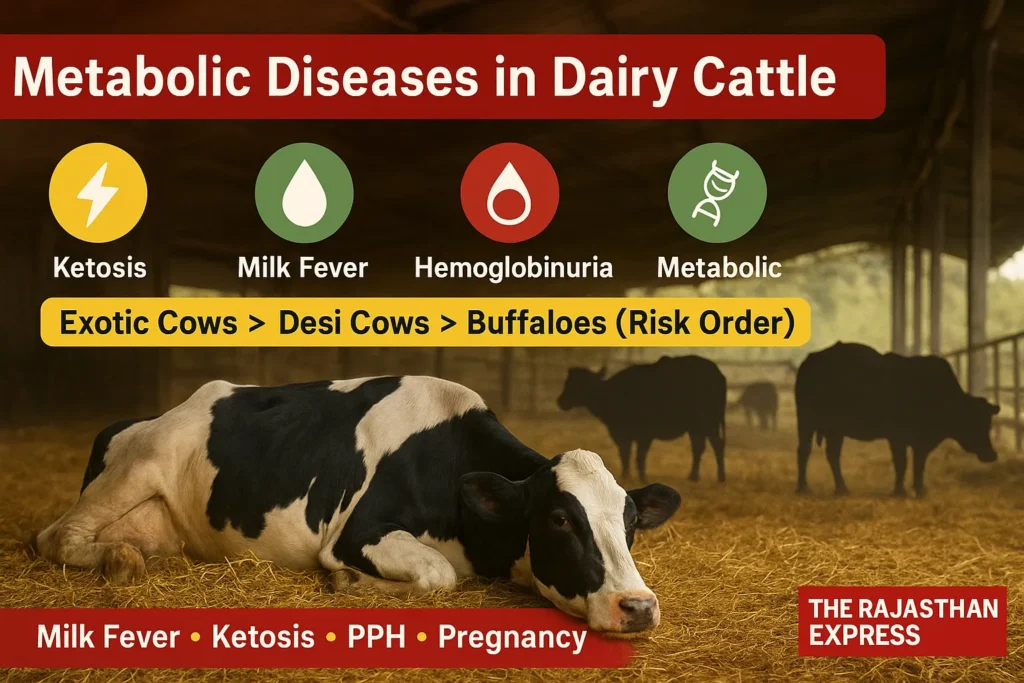
Main Features of Metabolic Disease in Dairy Cattle
- These diseases are Non-Contagious — do not spread from one animal to another.
- In most cases, these diseases are related to the production system, hence they are also called Production Diseases.
- Especially pregnant and milk-producing animals (like cow and buffalo) are more susceptible to these diseases.
- The possibility of metabolic diseases increases with increasing milk production.
- In native cows (Zebu cattle), the highest possibility of metabolic disease is found in the third calving.
- In exotic cows (Exotic Cattle), this possibility is highest in the fifth calving.
- In buffaloes, the possibility of metabolic diseases is mostly in the fourth calving.
- The order of possibility of metabolic diseases is as follows:
Exotic Cow > Native Cow > Buffalo - The possibility of Downer Cow Syndrome, Ketosis, Postpartum Haemoglobinuria, and Mastitis disease is higher in exotic cows, especially in the Holstein-Friesian breed.
- These same diseases are found mostly in the Sahiwal breed in native cows.
- The possibility of Milk Fever is highest in Jersey cows.
We have also explained these diseases in detail.
Explore the key metabolic diseases in cattle with quick links to each section:
- Milk Fever – Calcium deficiency immediately after calving
- Downer Cow Syndrome – Complications from prolonged lying after milk fever
- Ketosis In Cattle – Energy deficiency and ketone accumulation
- Postparturient Haemoglobinuria – Red blood cell destruction due to phosphorus deficiency
- Grass Tetany – Muscle cramps from magnesium deficiency
- Pregnancy Toxemia – Energy deficiency in late pregnancy
Diagnosis of Neonatal Hypoglycaemia
Diagnosis is based on the history of malnutrition and clinical signs such as diarrhoea, hypothermia, septicaemia, etc. Blood glucose examination in calves with acute severe diarrhoea may fall to below 40 mg/dL (2.2 mmol/litre) in 30-50 percent of cases. Haemato-biochemical examination – leucocytosis or leukopaenia, increase in plasma L-lactate level, hypoproteinaemia, higher serum urea and creatinine concentration. Necropsy findings – no visible lesions, absence of curd in the stomach negligible hepatic glycogen, evidence of septicaemia and generalized peritonitis.
Differential Diagnosis
- Septic shock and meningitis.
Treatment for Hypoglycaemia in Calves
- Glucose or dextrose (20 percent solution, @ 2g/ kg body weight, IV). Provide warm housing to the neonates. Colostrum feeding (@ 100-200 ml) and supplementation of multivitamin and multimineral preparations.
Prevention and Control
- Sustained input of exogenous glucose after first few hours of life of a newborn calf. Colostrum feeding results in two-fold increase in plasma glucose within 1-3 hours, however, the milk replacers may cause marked hyperglycaemia.
Sample Collection for Diagnosis
- Blood.
: Download a complete veterinary PPT on neonatal hypoglycemia in calves. Includes causes, symptoms, treatment, and prevention in easy slides.
THE RAJASTHAN EXPRESS
